Sessions/Tracks
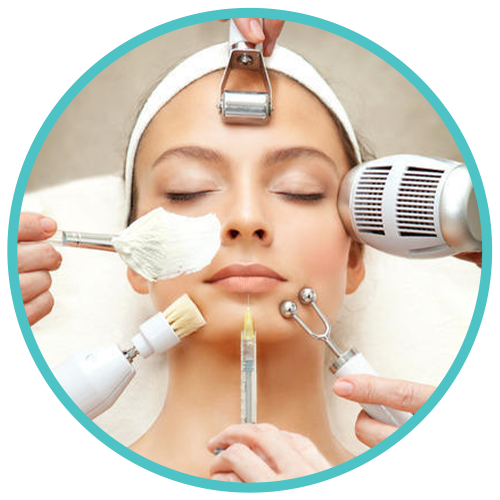
Track 1:
Artificial Intelligence in Dermatology
Artificial Intelligence (AI) is revolutionizing dermatology through image analysis, diagnostic support, and predictive modeling. AI tools can detect melanoma and other skin conditions with high accuracy. They assist in triaging cases and reducing diagnostic delays. Integration into clinical practice enhances efficiency and outcomes. However, ethical concerns around bias and data privacy remain. Continued research is essential for responsible implementation.
- AI in Skin Cancer Detection
- Machine Learning for Diagnostic Imaging
- Ethical Use of AI in Dermatology

Track 2:
Teledermatology and Remote Monitoring
Teledermatology offers patients timely care regardless of location. It reduces travel, wait times, and healthcare burdens. Through video calls and image submissions, dermatologists can assess and monitor various skin diseases. Remote monitoring devices further aid in chronic condition management. As the field grows, standards for care and technology use are evolving. It plays a key role in bridging access gaps globally.
- Asynchronous vs. Synchronous Teledermatology
- Remote Monitoring for Chronic Skin Diseases
- Technology Integration and Patient Engagement
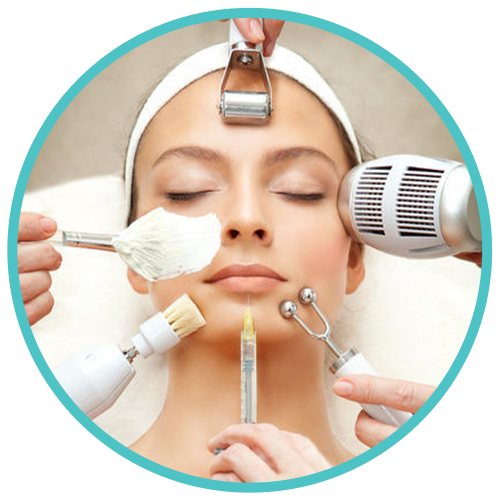
Track 3:
3D Imaging and Augmented Reality in Dermatology
3D imaging and augmented reality (AR) are enhancing dermatologic diagnostics and cosmetic planning. These technologies offer detailed visualizations of skin surfaces and lesions. Surgeons use 3D models for planning precise excisions. AR tools also assist in patient education and treatment simulations. They improve both patient satisfaction and procedural accuracy. Future applications may include AI-enhanced 3D analytics.
- 3D Mapping of Skin Lesions
- AR in Dermatologic Surgery Planning
- Virtual Simulations for Patient Consultations
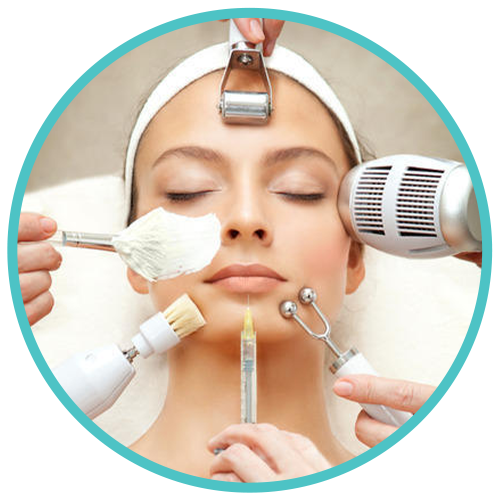
Track 4:
Robotics in Dermatologic Surgery
Robotic systems are introducing new levels of precision in dermatologic surgery. They allow for minimally invasive procedures with faster recovery. Surgeons benefit from enhanced dexterity and visualization. Robotics are used in laser treatments and tumor excisions. Combined with AI, they promise greater surgical accuracy and safety. Their use continues to expand in cosmetic and oncologic dermatology.
- Robotic-Assisted Laser Treatments
- Precision Surgery for Skin Tumors
- Robotics in Reconstructive Dermatology
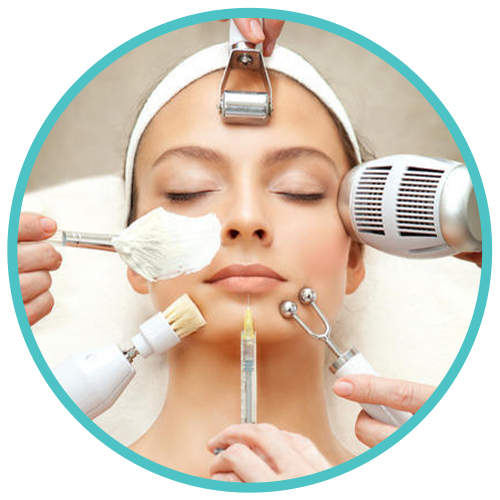
Track 5:
Wearable Devices for Skin Health Monitoring
Wearables are advancing skin health monitoring through real-time data collection. Smart patches and sensors can track hydration, UV exposure, and skin pH. These tools support early detection and self-management of skin conditions. They are particularly useful for patients with chronic diseases like eczema. Integration with mobile apps allows for continuous updates and alerts. They represent a growing trend in preventive dermatology.
- UV Monitoring Wearables
- Smart Patches for Eczema and Psoriasis
- Integration of Wearables with Mobile Apps
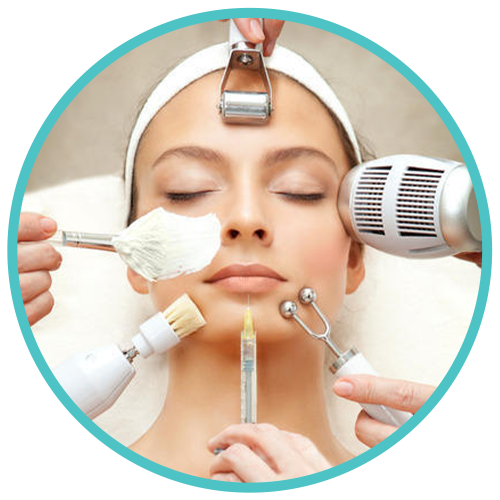
Track 6:
Biologics in Dermatology
Biologic therapies have revolutionized treatment for autoimmune skin conditions. Targeting specific immune pathways, they offer precision and long-term control. Diseases like psoriasis and atopic dermatitis respond well to biologics. They have fewer side effects compared to conventional therapies. However, cost and access remain key issues. Ongoing studies aim to optimize dosing and broaden indications.
- Biologics for Psoriasis and Eczema
- Advances in Monoclonal Antibodies
- Long-term Safety and Monitoring

Track 7:
Gene Therapy and CRISPR in Dermatology
Gene therapy and CRISPR are promising breakthroughs for treating inherited skin diseases. These tools aim to correct genetic defects at the molecular level. Conditions like epidermolysis bullosa may be curable through gene editing. Delivery systems and safety protocols are still being refined. Ethical concerns about human genome modification persist. Clinical trials are expanding rapidly in dermatogenetics.
- CRISPR in Treating Genetic Skin Diseases
- Delivery Mechanisms for Gene Therapy
- Ethical and Regulatory Challenges
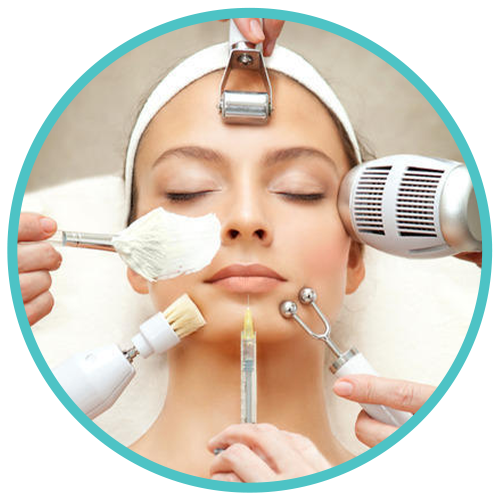
Track 8:
Stem Cell Applications in Skin Regeneration
Stem cells play a critical role in wound healing and skin regeneration. They help repair damaged tissue and stimulate cell renewal. In dermatology, they’re used for burns, ulcers, and cosmetic rejuvenation. Advances in stem cell culture and delivery are improving outcomes. Autologous therapies reduce rejection risks significantly. This field offers new hope for complex skin injuries.
- Mesenchymal Stem Cells in Wound Healing
- Induced Pluripotent Stem Cells in Dermatology
- Stem Cell-Derived Skin Grafts
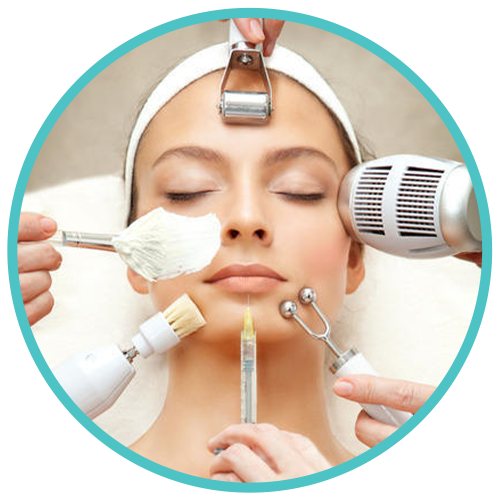
Track 9:
Nanotechnology in Dermatological Drug Delivery
Nanotechnology enhances drug delivery by improving absorption and targeting. Nano-formulations increase the efficacy of topical and systemic treatments. Conditions like acne, fungal infections, and psoriasis benefit from this approach. Nanoparticles offer sustained release and better skin penetration. Safety and long-term effects are being closely monitored. It represents a frontier in therapeutic dermatology.
- Nanocarriers for Topical Medications
- Liposomal Drug Delivery in Dermatology
- Safety and Toxicology of Nanoparticles
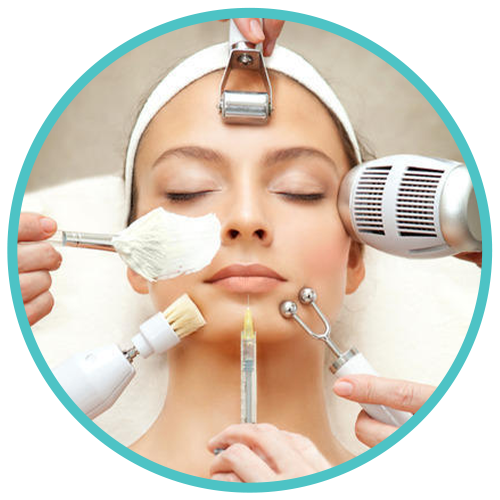
Track 10:
Personalized Medicine in Dermatology
Personalized medicine tailors treatment to individual genetic and environmental profiles. This approach improves treatment outcomes and minimizes side effects. Pharmacogenomics and skin microbiome analysis are key tools. Conditions like acne, psoriasis, and eczema benefit from precision care. It also enhances patient satisfaction through targeted therapies. Personalized skincare is an emerging consumer trend.
- Pharmacogenomics in Dermatologic Therapies
- Skin Microbiome and Personalized Skincare
- Predictive Biomarkers in Dermatology
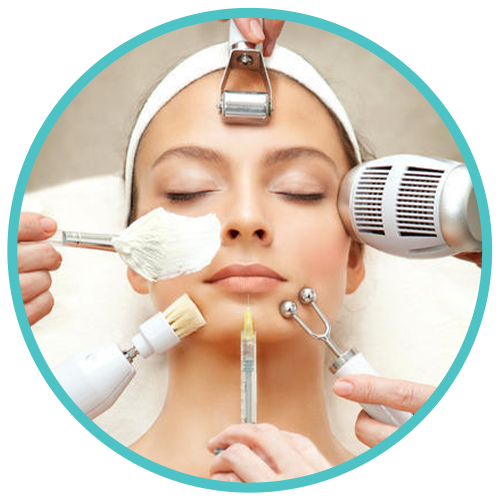
Track 11:
Dermatology in Low-Resource Settings
Providing dermatologic care in low-resource areas presents unique challenges. Limited access to specialists, diagnostic tools, and medications often delays treatment. Innovative solutions like mobile clinics and teledermatology are filling these gaps. Training local healthcare workers can help sustain care delivery. Simple, cost-effective treatment protocols are vital in these settings. Focused efforts can significantly improve skin health outcomes.
- Low-Cost Diagnostic Tools
- Training Non-Specialist Healthcare Workers
- Mobile Dermatology Units
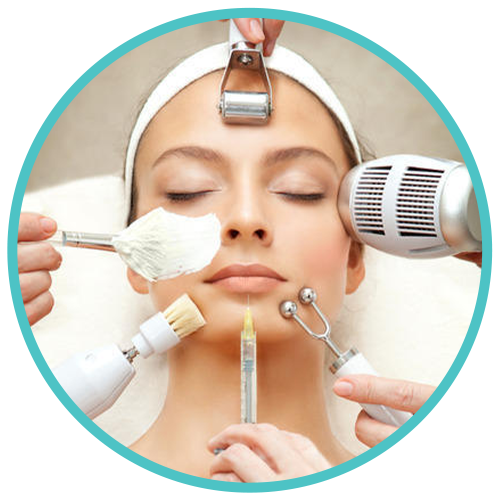
Track 12:
Skin Cancer Awareness and Prevention
Raising awareness about skin cancer is critical for early detection and prevention. Public education on sun safety and self-exams reduces risk. Screening programs help identify precancerous lesions early. Campaigns should target high-risk groups and outdoor workers. Protective behaviors, like sunscreen use, need to be promoted widely. Prevention remains the most effective strategy to reduce mortality.
- Public Health Campaigns for Sun Safety
- Early Detection and Screening Programs
- Melanoma Risk Assessment Tools
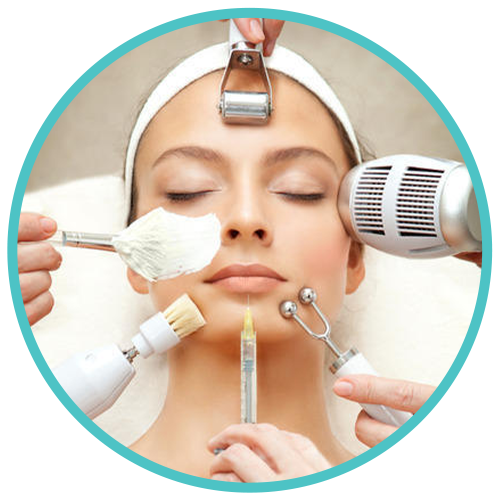
Track 13:
Climate Change and Skin Health
Climate change is increasingly affecting skin health across the globe. Rising UV levels contribute to higher skin cancer risk. Heat and humidity can worsen conditions like eczema and rosacea. Air pollution introduces irritants that trigger dermatitis and acne. Vector-borne skin infections may also become more common. Dermatology must adapt to this changing environmental landscape.
- UV Index and Skin Cancer Correlation
- Environmental Allergens and Skin Conditions
- Dermatologic Impact of Air Pollution
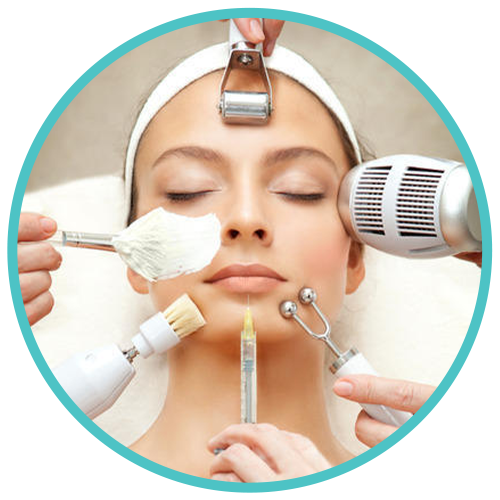
Track 14:
Health Disparities in Dermatology
Health disparities in dermatology lead to delayed diagnoses and poorer outcomes. Patients with skin of color often face misdiagnosis due to underrepresentation in medical education. Socioeconomic barriers further limit access to dermatologic care. Culturally competent care is essential to reduce these gaps. Research must include diverse populations to improve equity. Addressing disparities benefits the entire healthcare system.
- Racial and Ethnic Disparities in Skin Care
- Inclusive Dermatology Education
- Access to Care in Underserved Communities
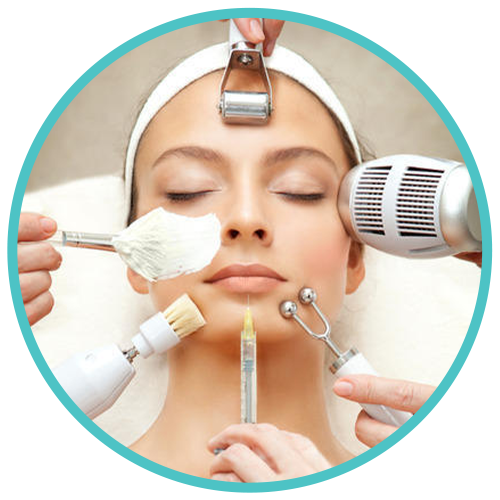
Track 15:
Telemedicine Regulations and Dermatology
As teledermatology expands, understanding legal frameworks is essential. Issues like licensure, data privacy, and cross-border care need clear guidelines. HIPAA compliance ensures patient data protection. Reimbursement policies vary and can affect service delivery. Governments and institutions must adapt regulations to modern care models. Proper governance supports growth and patient trust in teledermatology.
- Cross-Border Telemedicine Laws
- HIPAA Compliance in Teledermatology
- Reimbursement Policies and Challenges
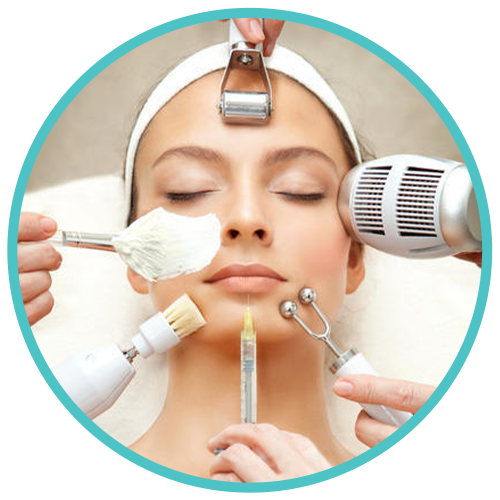
Track 16:
Pediatric Dermatology
Children present unique dermatologic challenges requiring specialized care. Conditions like atopic dermatitis, birthmarks, and viral rashes are common. Pediatric dermatology also involves managing genetic skin disorders. Treatments must be age-appropriate and family-centered. Early diagnosis is critical to prevent long-term complications. A gentle and compassionate approach is key in pediatric practice.
- Infantile Hemangiomas and Birthmarks
- Pediatric Eczema Management
- Genetic Skin Disorders in Children
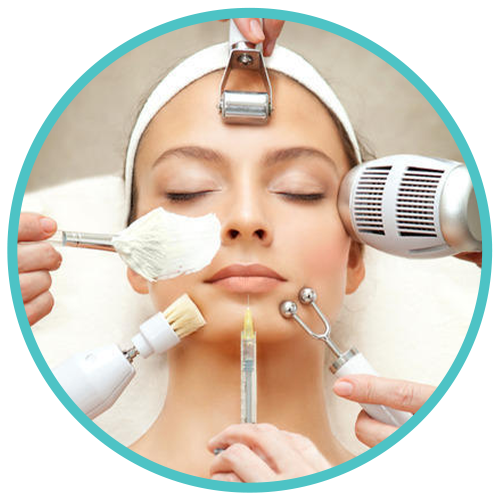
Track 17:
Geriatric Dermatology
Aging skin presents distinct concerns such as dryness, fragility, and delayed healing. Older adults are more prone to conditions like pruritus, skin cancer, and ulcers. Polypharmacy often leads to dermatologic side effects. Geriatric dermatology focuses on safe, effective, and simplified treatment plans. Preventive care helps maintain skin integrity. Patient-centered strategies support aging with dignity.
- Age-Related Skin Changes
- Pressure Ulcers and Skin Fragility
- Dermatologic Drug Reactions in the Elderly
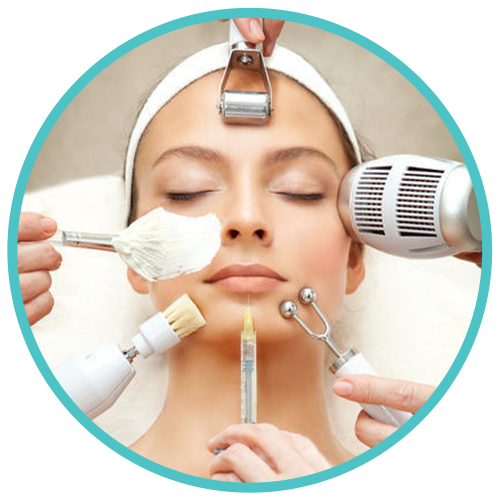
Track 18:
Cosmetic Dermatology
Cosmetic dermatology focuses on enhancing skin appearance and reversing signs of aging. Procedures like Botox, fillers, chemical peels, and laser treatments are in high demand. Patients seek minimally invasive options with quick recovery. Advancements in technique ensure more natural-looking results. Skincare products are also evolving with active, science-backed ingredients. Aesthetic dermatology blends science, art, and safety.
- Botulinum Toxin and Dermal Fillers
- Chemical Peels and Laser Resurfacing
- Advances in Anti-Aging Skincare
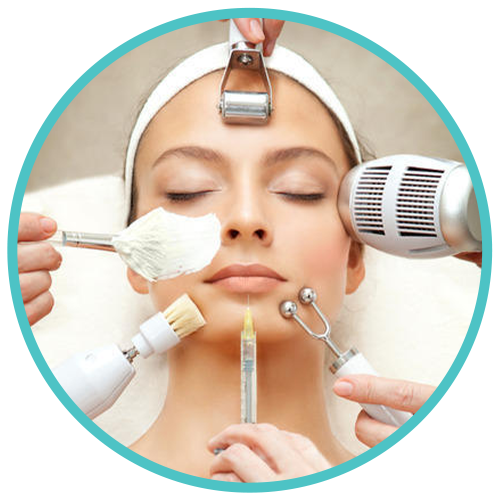
Track 19:
Dermatopathology
Dermatopathology is essential for diagnosing complex skin diseases. It bridges clinical dermatology and histopathology through microscopic analysis of skin biopsies. Accurate interpretation guides targeted treatment decisions. Dermatopathologists play a key role in diagnosing cancers, infections, and autoimmune diseases. New techniques like immunohistochemistry enhance diagnostic precision. Close collaboration between clinicians and pathologists ensures optimal care.
- Histopathologic Patterns of Skin Diseases
- Molecular Diagnostics in Dermatopathology
- Clinicopathologic Correlation
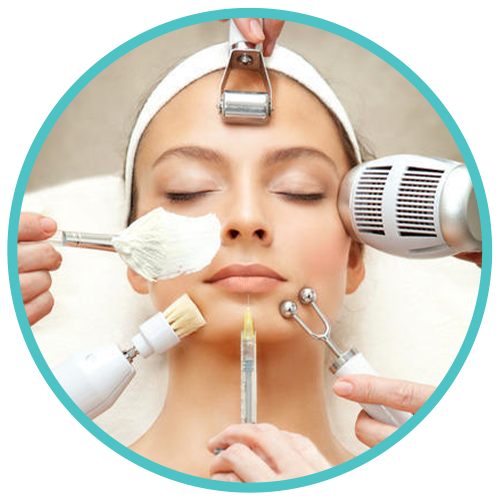
Track 20:
Allergic Contact Dermatitis
Allergic Contact Dermatitis (ACD) results from exposure to allergens that trigger delayed hypersensitivity reactions. Common culprits include fragrances, metals, and preservatives. Patch testing is crucial for identifying the offending agent. Avoidance and topical treatments are the mainstay of management. Occupational ACD is a major concern in healthcare and industrial workers. Education and prevention are key to reducing recurrence.
- Patch Testing Techniques
- Common Allergens and Irritants
- Occupational Dermatitis Management


